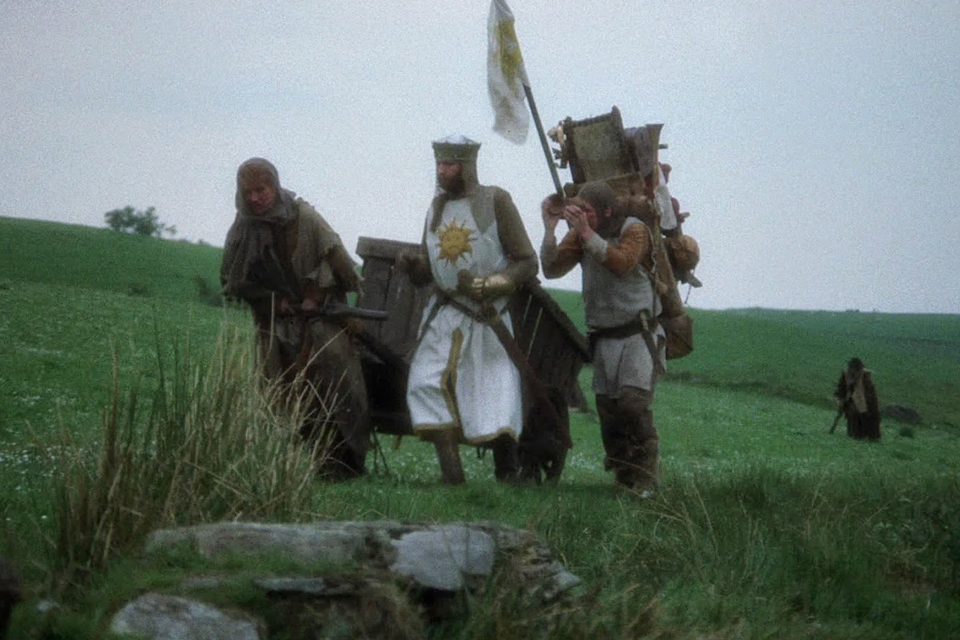 Sea Monsters on Medieval and Renaissance Maps
Sea Monsters on Medieval and Renaissance Maps
Chet van Duzer
Hardcover: 144 pages
Publisher: The British Library Publishing Division (10 May 2013)
Language: English
ISBN-10: 0712358900
ISBN-13: 978-0712358903
From dragons and serpents to many-armed beasts that preyed on ships and sailors alike, sea monsters have terrified mariners across all ages and cultures and have become the subject of many tall tales from the sea. Accounts of these creatures have also inspired cartographers and mapmakers, many of whom began decorating their maps with them to indicate unexplored areas or areas about which little was known. Whether swimming vigorously, gamboling amid the waves, attacking ships, or simply displaying themselves for our appreciation, the sea monsters that appear on medieval and Renaissance maps are fascinating and visually engaging. Yet despite their appeal, these monsters have never received the scholarly attention that they deserve. In Sea Monsters on Medieval and Renaissance Maps, Chet Van Duzer analyzes the most important examples of sea monsters on medieval and Renaissance maps produced in Europe. Van Duzer begins with the earliest mappaemundi on which these monsters appear in the tenth century and continues to the end of the sixteenth century and, along the way, sheds important light on the sources, influences, and methods of the cartographers who drew or painted them.
A beautifully designed visual reference work, Sea Monsters on Medieval and Renaissance Maps will be important not only in the history of cartography, art, and zoological illustration, but also in the history of the geography of the “marvelous” and of Western conceptions of the ocean.
Content:
Acknowledgements
Introduction
Classical Antecedents
The Earliest Medieval Maps with Sea Monsters: Beatus Mappaemundi
“Let the Waters Bring Forth Abundantly”: Sea Monsters in the Creation
Sea Monsters in the Harbor of Brindisi
An Imagined Mappamundi with Sea Monsters
Sea Monsters on the Ceiling
Giant Sea Monsters on Two Small Mappaemundi
“A Vast Sea Where There is Nothing But the Abode of Monsters”
Two Monumental Mappaemundi with Few Sea Monsters
Three Sea Monsters Battling in the Atlantic
Pictorial Excursus: The Dangers of Sea Monsters
Sea Monsters on Nautical Charts: Giant Octopuses, Sirens, Sharks
How to Buy a Sea Monster
Whaling Between Myth and Reality
A Nest of Sea Monsters at the Bottom of the World
Whales as Big as Mountains
Terrifying Monsters in the Indian Ocean
A Skeptic about Sea Monsters: Fra Mauro
Pictorial Excursus: Whimsical Sea Monsters
Invented Sea Monsters in the Circumfluent Ocean
The Manuscript with the Most Sea Monsters
Sea Monsters in Printed Editions of Ptolemy
The Sea Monsters of the Earliest Surviving Terrestrial Globe
The Sea Monsters of Waldseemüller’s Map of 1507 and Schöner’s Globe of 1515
Lighting a Fire on a Whale’s Back
Pictorial Excursus: The Cartographic Career of the Walrus
The Debut of the Sea Monsters of the Renaissance
Olaus Magnus and the Most Important Sea Monsters of the Sixteenth Century
Mercator’s Globe of 1541: The Influence of Olaus Magnus
The Ulpius Globe: Sea Monsters Before Their Time
The Monster that Stops Ships in Their Tracks
Pictorial Excursus: More Whimsical Sea Monsters
From Sea Dragons to a Sawfish: The Rylands Library Map of 1546
Evidence of a Sea Monster Specialist
The Curious Career of the Flying Turtle
The Eclecticism of Giacomo Gastaldi
The Sea Monsters of Gerard Mercator’s Great Map of 1569
Sea Monsters Cavorting Among the Mediterranean Isles
The Sea Monsters Surrounding Iceland in the First Atlas
A Haunting Sea Monster Reappears
Whales Fantastic and Realistic at the End of the Sixteenth Century
Two New World Sea Monsters
Conclusion
Endnotes
Index
Index of Manuscripts
 Asinou across Time (Dumbarton Oaks Studies)
Asinou across Time (Dumbarton Oaks Studies)












